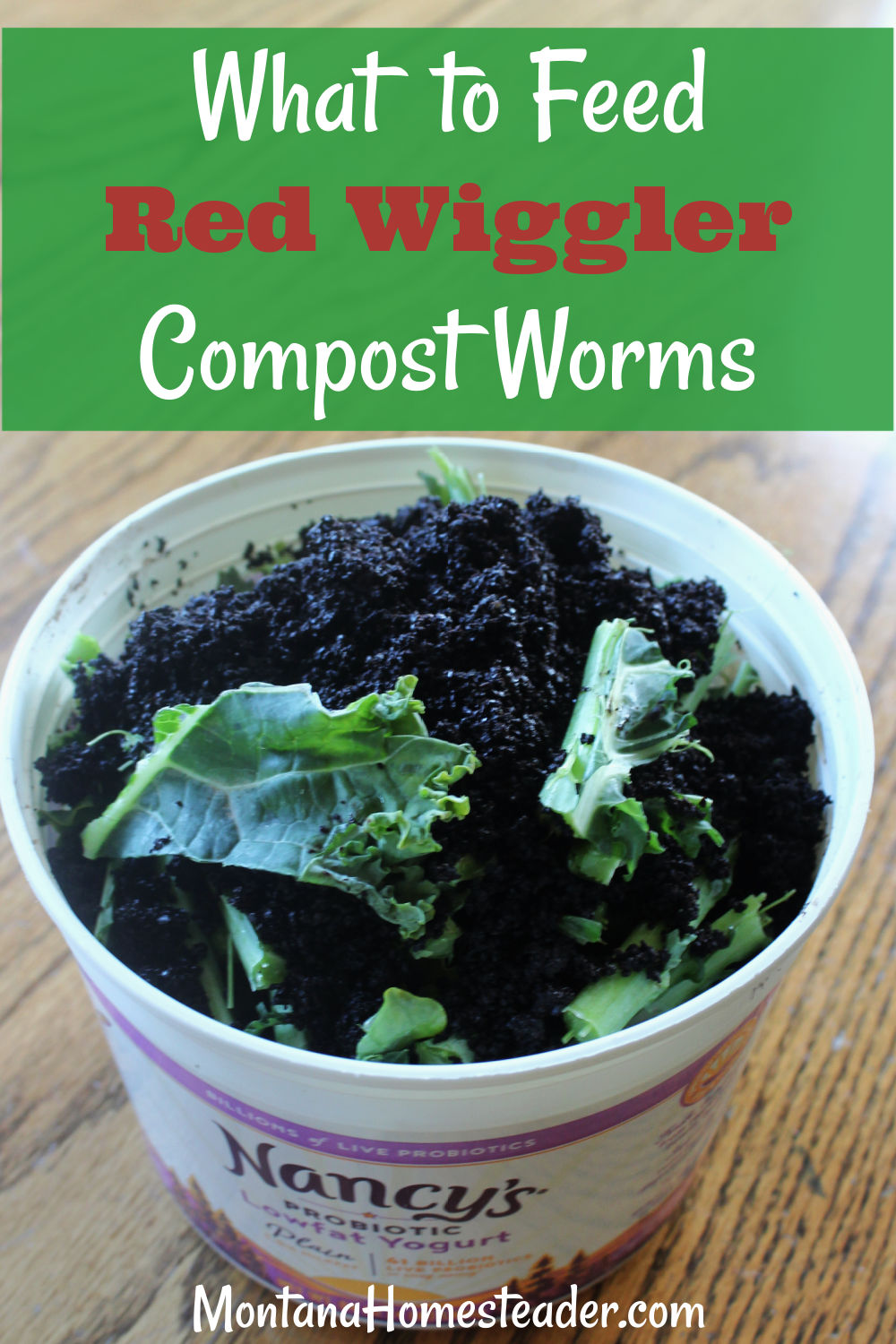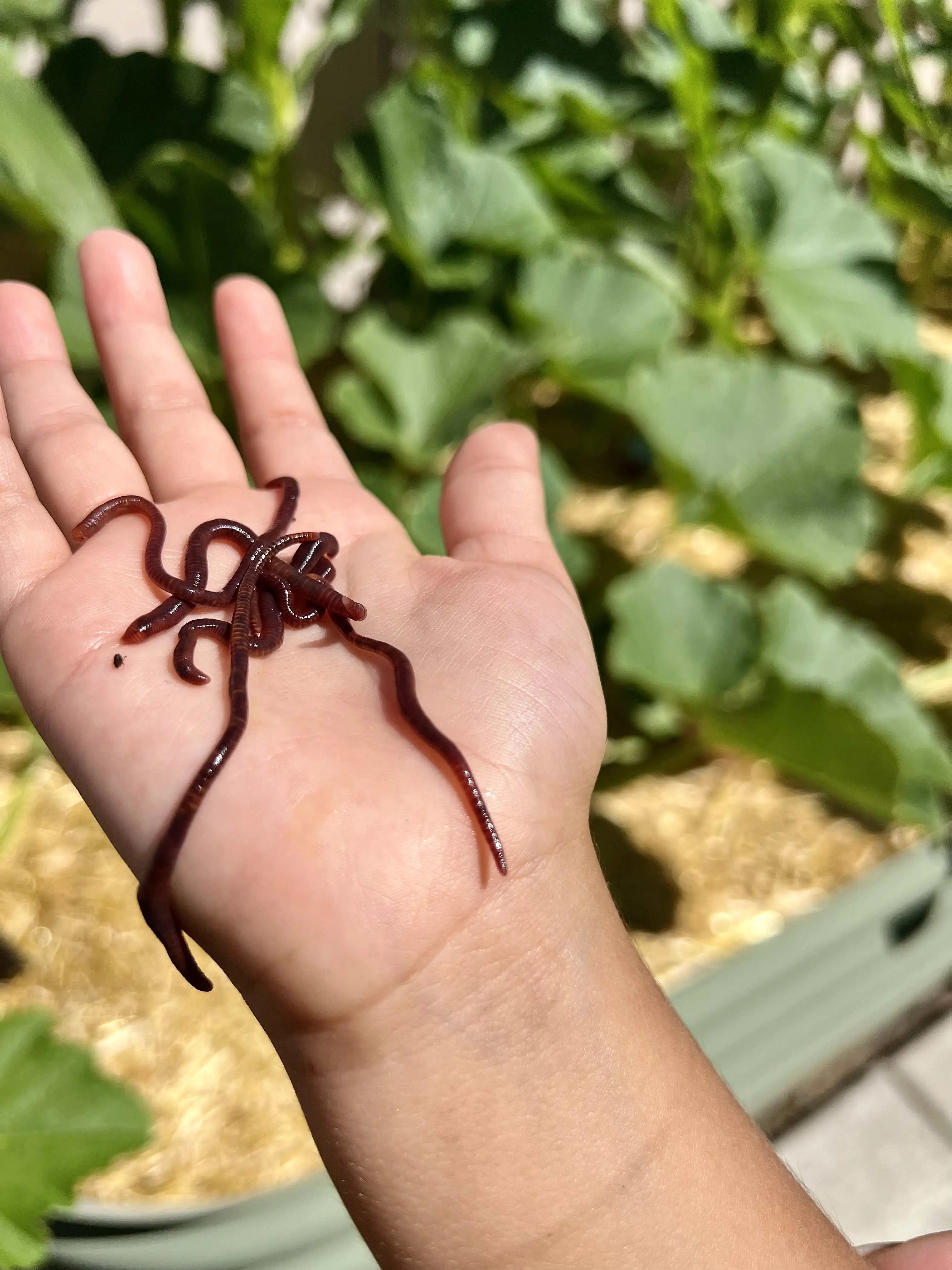The Secret to Lush Lawns Starts with Red Wiggler Express Grass Treatment
The Secret to Lush Lawns Starts with Red Wiggler Express Grass Treatment
Blog Article
Red Wigglers: The Unsung Heroes of Organic Waste Recycling
Red wigglers, or Eisenia fetida, serve as important agents in the natural waste recycling process, transforming thrown out materials right into useful vermicompost. As the globe progressively seeks remedies to fight waste build-up and enhance agricultural performance, understanding the role of these worms comes to be necessary.
What Are Red Wigglers?
The exceptional resilience of red wigglers, scientifically referred to as Eisenia fetida, highlights their essential duty in natural waste recycling. These little, reddish-brown earthworms are commonly discovered in breaking down raw material, such as compost heap and manure lots. Lake Hickory Bait. Unlike other earthworm species, red wigglers prosper in nutrient-rich environments and are extremely efficient at breaking down natural products, making them necessary for vermicomposting

(Red Wiggler Express)Along with their role in waste reduction, red wigglers contribute to dirt health by enhancing dirt structure and aeration via their tunneling activities (Lake Hickory Bait). Their existence in composting systems not just boosts decay prices yet also promotes a sustainable approach to lose administration, highlighting their importance in ecological preservation efforts
Benefits of Composting With Worms
Composting with worms, particularly red wigglers, provides various advantages that boost both waste monitoring and dirt wellness. Initially, these worms successfully break down organic waste, converting it into nutrient-rich vermicompost that enriches dirt. This process accelerates decomposition, enabling a much faster recycling of cooking area scraps and various other organic materials compared to typical composting methods.
Additionally, the vermicompost generated by red wigglers is including beneficial bacteria, which aid enhance dirt framework, aeration, and dampness retention. This boosts the overall health of plants, advertising vigorous growth and boosted yields in gardens and agricultural setups. In addition, the use of worms in composting decreases the manufacturing of greenhouse gases, such as methane, contributing to a more sustainable waste management system.

Just How to Start Vermicomposting
Establishing a vermicomposting system is a simple process that can yield considerable benefits for both waste monitoring and dirt enrichment. To begin, select an appropriate container, such as a plastic bin or wood box, with appropriate ventilation openings to make certain correct air movement. The measurements should preferably be about 2 feet by 3 feet, permitting ample space for the worms to grow.
Following, prepare bed linens product, which can contain shredded paper, cardboard, or coconut coir. This bed linen ought to be moistened to produce a suitable habitat for the worms. Once the bed linen is in location, introduce red wigglers (Eisenia fetida) into the container, generally around one extra pound of worms for every square foot of surface area.
Adhering to the placement of worms, include organic waste, such as vegetables and fruit scraps, coffee grounds, and smashed eggshells. Stay clear of including dairy products, meat, or oils, as these can produce smells and attract insects. Position the container in a shaded, temperature-controlled location to keep ideal conditions for worm task. With these steps, you will successfully start a vermicomposting system that contributes to sustainable waste monitoring and enhances your soil.
Keeping a Healthy Worm Container
(Red Wiggler Express)Maintaining a Red Wiggler Express worm bin flourishing calls for routine focus and care to make certain the health and wellness of the red wigglers and the efficiency of the composting procedure. Correct maintenance begins with monitoring the wetness degrees; the bin needs to be damp however not saturated. A great regulation of thumb is to preserve an uniformity similar to a wrung-out sponge.
Aeration is vital as well. Gently mixing the bed linens and food scraps every few weeks avoids compaction and makes certain that all worms have access to oxygen. Furthermore, it is very important to feed the worms suitably. A well balanced diet regimen of vegetables and fruit scraps, coffee grounds, and crushed eggshells ought to be used in moderation to prevent overfeeding, which can cause odors and parasites.
Temperature level law is another crucial aspect. Red wigglers thrive in an array of 55 to 77 degrees Fahrenheit. If the container comes to be also warm or cold, the worms might end up being stressed - Lake Hickory Bait. Regularly inspect for indications of health and wellness, such as worm populace development and the existence of healthy and balanced spreadings. By diligently handling these elements, one can maintain a robust and effective worm container.
Effect on Sustainable Living
The effective upkeep of a worm container not just benefits the health of red wigglers but additionally adds considerably to sustainable living practices. By reusing natural waste, such as kitchen area scraps and backyard debris, red wigglers help draw away considerable amounts of material from landfills. This decrease in waste not only lowers greenhouse gas exhausts however additionally lessens the environmental burden related to waste administration.
Moreover, the castings generated by red wigglers act as a nutrient-rich natural plant food, enhancing dirt health and wellness and promoting plant development. This natural choice to chemical fertilizers sustains lasting agriculture and horticulture practices, reducing reliance on synthetic inputs that can damage environments. Additionally, worm composting cultivates awareness of waste monitoring, encouraging individuals and neighborhoods to take on even more lasting behaviors.

Conclusion
In summary, red wigglers act as important contributors to organic waste recycling through their efficient decay of organic materials. Their capability to generate nutrient-rich vermicompost enhances soil health and wellness and supports sustainable agricultural practices. By incorporating vermicomposting into waste management strategies, individuals and communities can dramatically minimize waste while advertising ecological sustainability. The function of Eisenia fetida in promoting healthy environments underscores the importance of these organisms in attaining lasting living and boosting soil fertility.
Report this page